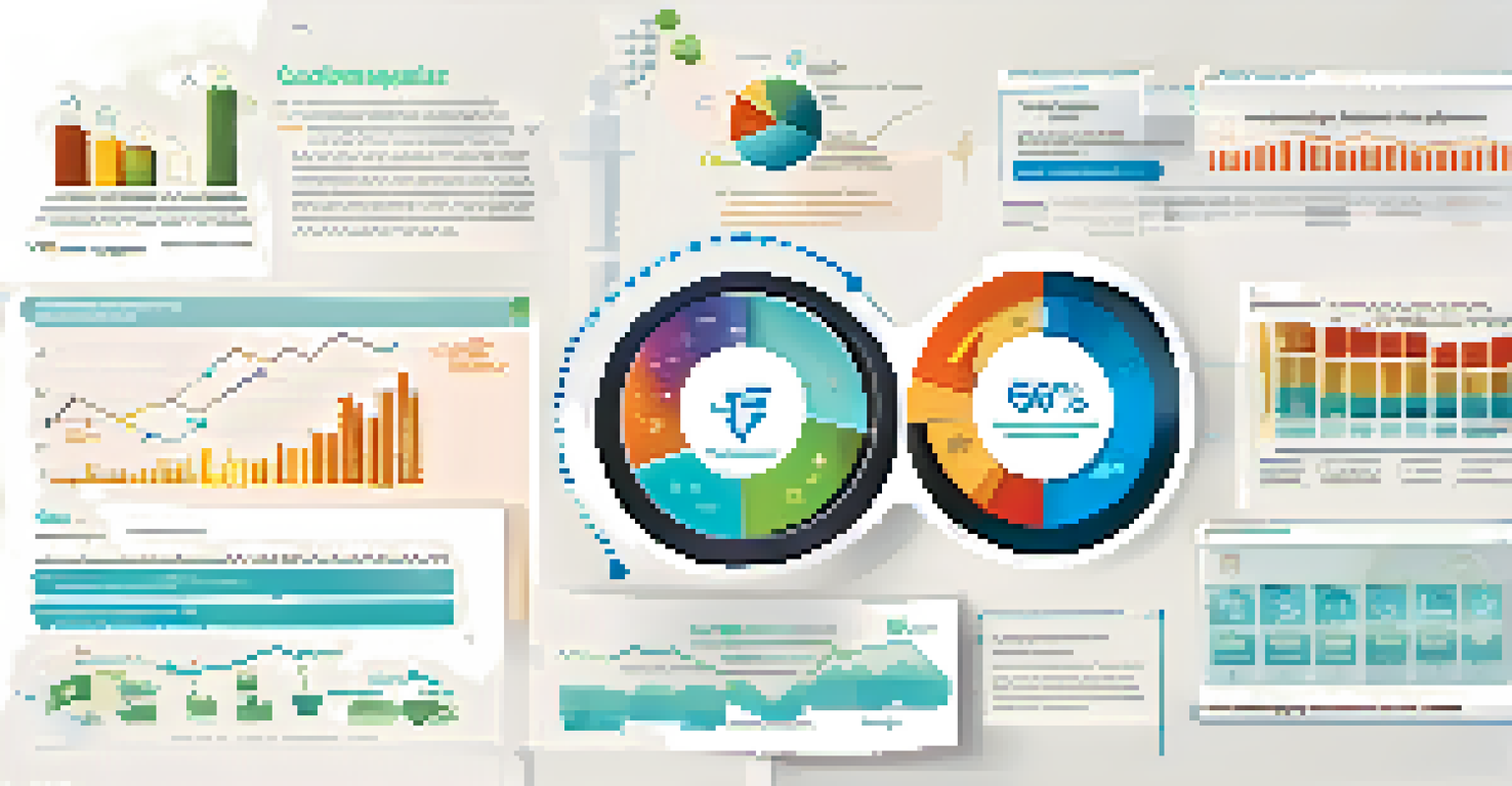The Science Behind Learning Analytics in Online Education

What Are Learning Analytics in Online Education?
Learning analytics refers to the measurement, collection, analysis, and reporting of data about learners and their contexts. Its primary goal is to understand and optimize learning and the environments in which it occurs. In online education, this means tracking how students interact with course materials, their engagement levels, and their overall performance.
Data is the new oil.
Think of learning analytics as a fitness tracker for education. Just as a fitness tracker monitors your physical activity and health metrics, learning analytics monitors students' academic behaviors to help improve their learning outcomes. This data-driven approach allows educators to make informed decisions about teaching strategies and course design.
By analyzing patterns in student behavior, institutions can identify at-risk students early on and provide timely support. This proactive approach not only enhances student success rates but also fosters a more personalized learning experience that caters to the diverse needs of learners.
The Role of Data in Enhancing Online Learning Experiences
Data plays a crucial role in shaping online learning experiences. It helps educators understand what works and what doesn’t in their courses. By analyzing data collected from various sources, such as quizzes, discussion forums, and learning management systems, educators can pinpoint areas where students struggle and adjust their teaching methods accordingly.

Imagine a chef who continually tweaks their recipe based on customer feedback. Similarly, educators use data to refine their courses to better serve students. This iterative process ensures that the learning experience is not only engaging but also effective in fostering knowledge retention.
Learning Analytics Optimize Education
Learning analytics measures and analyzes student data to enhance learning experiences and outcomes.
Moreover, data-driven insights can inform the design of new courses or modules, ensuring that they meet the evolving needs of students. As technology continues to advance, the ability to leverage data for continuous improvement becomes paramount in the world of online education.
Key Metrics and Indicators in Learning Analytics
Understanding which metrics to track is essential in learning analytics. Common indicators include student engagement, completion rates, and assessment scores. These metrics provide a snapshot of how students are performing and interacting with the course material.
In the age of information, ignorance is a choice.
For instance, if many students are completing assignments but scoring low on assessments, it may indicate that the instructional methods need improvement. On the other hand, high engagement coupled with low completion rates could suggest that students are overwhelmed by the workload or lack motivation.
Tracking these metrics over time can reveal trends and help educators make data-informed decisions. By focusing on the right indicators, educators can create a more supportive and effective online learning environment.
Predictive Analytics: Anticipating Student Needs
Predictive analytics takes learning analytics a step further by using historical data to forecast future student performance. This approach allows educators to identify trends and patterns that can help in anticipating challenges students may face. For example, if certain demographics consistently struggle with a particular subject, targeted interventions can be developed.
Think of predictive analytics like weather forecasting; just as meteorologists use data to predict storms, educators use data to preemptively address potential learning obstacles. This foresight enables institutions to allocate resources more effectively and personalize support for students.
Data Drives Course Adjustments
By analyzing student performance and engagement data, educators can refine course content and teaching methods for better effectiveness.
By leveraging predictive analytics, institutions can create tailored learning pathways that cater to individual needs, ultimately enhancing the educational experience and improving retention rates.
The Importance of Ethical Considerations in Data Usage
With great power comes great responsibility, especially when it comes to data collection and analysis. As educators harness learning analytics, they must also consider the ethical implications of their data usage. Ensuring that student data is collected, stored, and analyzed securely is paramount to maintaining trust.
Educators should prioritize transparency by communicating how data will be used and obtaining consent from students. This openness helps to foster a positive relationship between students and institutions, ensuring that learners feel safe and valued.
Moreover, institutions must be vigilant against potential biases in data interpretation. By adopting a fair and equitable approach to learning analytics, educators can create an inclusive learning environment that benefits all students.
Real-World Applications of Learning Analytics
Learning analytics is not just theoretical; it has numerous practical applications in online education. For example, platforms like Coursera and edX use analytics to provide insights into learner engagement and course effectiveness. These insights inform course adjustments and enhancements, benefiting both instructors and students.
Another real-world application is the use of analytics to create adaptive learning technologies. These systems adjust the content and pace based on individual student performance, ensuring a personalized learning journey. This level of customization can significantly improve student outcomes by catering to diverse learning styles.
Ethics in Data Usage Matter
It's crucial for educators to handle student data responsibly and transparently to maintain trust and ensure fairness.
Additionally, learning analytics are used for institutional decision-making. By analyzing aggregated data, schools can identify trends in enrollment, retention, and student satisfaction, driving strategic planning and resource allocation.
The Future of Learning Analytics in Online Education
As technology evolves, so too does the potential of learning analytics in online education. The integration of artificial intelligence and machine learning is set to revolutionize how data is analyzed and applied. These advancements will enable more sophisticated predictive models, allowing educators to anticipate student needs with greater accuracy.
Imagine a learning environment where every student receives real-time feedback and support tailored to their unique learning journey. This vision is becoming increasingly attainable as analytics tools become more advanced and accessible. The goal is to create a more responsive educational ecosystem that promotes lifelong learning.

Ultimately, the future of learning analytics promises a more personalized, efficient, and equitable educational landscape. By embracing these technologies, institutions can enhance the learning experience and better prepare students for success in an ever-changing world.